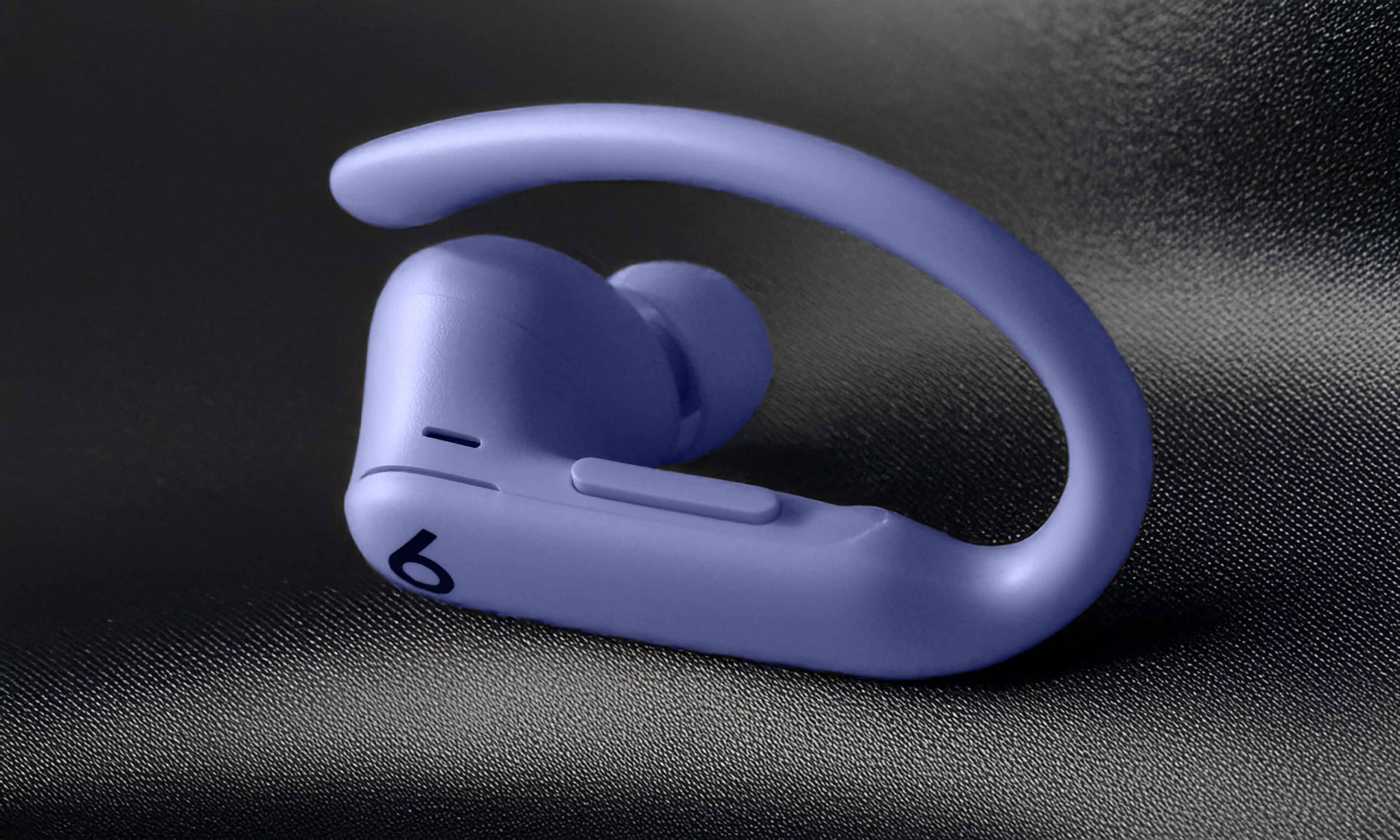Are the Google Pixel 7 and Pixel 7 Pro Waterproof? – What You Need to Know
When you purchase through links on my site, I may earn an affiliate commission. Here’s how it works.
Table of Contents Show
As we push our phones to be part of almost every aspect of our daily lives, from capturing rain-soaked cityscapes to surviving accidental dips in the pool, the question of whether these devices can withstand such watery encounters is more relevant than ever.
The Pixel 7 and Pixel 7 Pro are no strangers to this concern, and it's something many of you have been curious about.
How do these devices stack up when it comes to keeping the elements at bay?
Are they merely splash-resistant, or can they truly take a plunge and live to tell the tale?
You've come to the right place. Let's get into it and find out exactly how water-friendly the Pixel 7 and Pixel 7 Pro are.
What Is IP Rating?
You've probably seen these two letters followed by a couple of digits next to your smartphone's specs sheet and wondered, "What's all this about?"
Well, let's break it down in a way that's easy to understand, yet detailed enough for you to grasp why it's crucial for your next device.
IP ratings, standing for Ingress Protection, are essentially a standard that measures a device's level of protection against the intrusion of solid objects (like dust) and liquids.
This rating system is defined by international standard IEC 60529, which helps consumers understand how well their devices are protected from the environment.
An IP rating consists of two numbers. The first digit indicates the level of protection from solids (like dust), and it ranges from 0 (no protection) to 6 (dust tight).
The second digit represents protection from liquids, on a scale from 0 (no protection) to 9K (protection against high-pressure, high-temperature jet sprays, steam-cleaning, or washdowns).
So, the higher these numbers, the better the protection.
When it comes to smartphones, like the Google Pixel 7, an IP68 rating is what you'll often find. But what does this actually mean?
The '6' in IP68 signifies that the device is completely dust-tight, offering the highest level of protection against dust ingress.
This is crucial for maintaining the longevity and functionality of the internal components of your phone.
The '8', on the other hand, indicates that the device can handle submersion in water beyond 1 meter for a duration specified by the manufacturer, typically up to 30 minutes.
But please keep in mind, while an IP68 rating does indicate a high level of water resistance, it's not a green light to start taking underwater selfies.
Conditions like water temperature, pressure, and chemicals (such as salt or chlorine) can affect the integrity of the water resistance over time.
The Water Resistance of Google Pixel 7 and Google Pixel 7 Pro
First off, both the Pixel 7 and Pixel 7 Pro boast an IP68 rating. As mentioned earlier, the '6' in IP68 means that these devices are completely dust-tight, offering the highest protection against particles.
That's great news for anyone who's ever had a phone suffer from a little too much beach time.
The '8' indicates that the Pixel 7 and Pixel 7 Pro can be submerged in water up to 1.5 meters (about 4.9 feet) deep for up to 30 minutes.
But let's be clear – water-resistant does not mean waterproof. While the IP68 rating does ensure a high level of water resistance, it's not an open invitation to start taking your Pixel 7 for swims.
Water resistance is more about providing an extra layer of protection against accidents, not to encourage underwater photography sessions without proper equipment.
In practical terms, this means that if you accidentally drop your Pixel 7 or Pixel 7 Pro in water, there's a good chance it will survive unscathed, assuming it's within the depth and duration limits.
However, it's important to remember that real-world conditions can vary, and factors like water temperature, chemicals (chlorine in pools, salt in seawater), and even the pressure exerted on the device underwater can impact its water resistance.
So, while the Google Pixel 7 and Pixel 7 Pro come equipped to handle your everyday splashes and spills, it's always best to treat them with care.
After all, an IP68 rating is a safety net, not a diving license. Keeping your tech safe and dry whenever possible is the best practice, ensuring that your device stays in top working condition for as long as possible.
Care and Maintenance for Your Google Pixel 7
Here are some pro tips to maintain your Pixel 7’s water resistance over time:
Avoid Extreme Conditions
First off, remember that while your Pixel 7 can survive water, it's not fond of extreme conditions.
Hot tubs, steam rooms, or a dip in the ocean? Not great ideas. Salt water and chlorine can corrode the seals that keep your phone water-resistant.
Routine Cleaning
According to Google's own advice, keeping your Pixel clean is crucial. Use a soft, dry cloth to wipe away any debris or moisture.
This helps maintain the integrity of those all-important seals. Avoid harsh chemicals or abrasive materials that could damage the phone's exterior and compromise its water resistance.
Check for Damage
Regularly inspect your device for any signs of damage. Cracks, even minor ones, can be a gateway for water to seep in and wreak havoc.
If you spot anything concerning, it might be time to take advantage of Google Preferred Care for repairs.
What If Your Pixel 7 Takes a Deep Dive?
Accidents happen, and sometimes they involve your Pixel 7 getting more aquatic attention than it bargained for.
If your device has been submerged in water beyond its resistance rating, here's what you need to do:
Power Down
Immediately turn off your device to prevent short circuits.
Shake It Off
Gently shake the phone to remove excess water, particularly from ports and openings.
Dry It Out
Pat your phone dry with a soft, lint-free cloth.
Resist the urge to use heat (like a hairdryer) as this can damage the internal components.
Let It Rest
Give your phone some downtime in a dry, well-ventilated area.
You might want to leave it upright in a container of silica gel packets to help draw out moisture, but patience is key here.
Test Carefully
After giving it ample time to dry out, power on your device cautiously.
If you notice anything off – be it in performance or functionality – it's time to reach out for professional help.
Conclusion
Alright, let’s wrap up our deep dive (pun intended) into the water resistance capabilities of the Google Pixel 7 and Pixel 7 Pro.
We've broken down what the IP68 rating means for these devices: they can handle dust, sand, and survive underwater up to 1.5 meters for 30 minutes.
Remember, this doesn't make them "waterproof," (only “water resistant”) but it does offer a good level of protection against everyday water encounters.
Personally, I would take the water resistance feature with a grain of salt and avoid pushing it to its limits, especially in saltwater or chlorinated water.
If you accidentally submerge it in water, however, don't worry – it should handle that just fine.
Your thoughts and experiences are what make our community thrive. Have you had any water-related adventures (or misadventures) with your smartphone? Do the Pixel 7's water resistance features sway your decision in its favor? Or perhaps you're holding out for future innovations?
I'm all ears and eager to hear your take on this topic. Your insights not only contribute to our collective knowledge but also guide others in making informed decisions about their tech investments.
Feel free to share your stories and opinions in the comments below, or connect with me on social media.
And for those who haven't subscribed to my newsletter yet, it's a treasure trove of the latest tech news, reviews, and insider tips you won't want to miss.
Until we meet again – thanks a lot for reading!
FAQ
-
No, the Google Pixel 7 and Pixel 7 Pro are not completely waterproof.
They have an IP68 rating, which means they are water and dust resistant to a certain extent but not entirely immune to water damage.
-
The IP68 rating indicates that the Google Pixel 7 and Pixel 7 Pro are protected against dust ingress and can be submerged in water up to 1.5 meters deep for up to thirty minutes without sustaining damage under ideal conditions.
-
While the IP68 rating provides a good level of protection against water, it's not advisable to take your Google Pixel 7 or Pixel 7 Pro swimming.
The devices are designed to withstand accidental submersion, not prolonged exposure to water, especially chlorinated or saltwater, which can be more damaging.
-
Item descriptionIf your Google Pixel 7 gets wet, promptly remove it from the water, turn it off, gently shake out any excess water from the ports, and let it dry thoroughly before turning it back on.
Avoid using a hairdryer as it may cause further damage.
-
To maintain the water resistance of your Google Pixel 7, avoid exposing it to high-velocity water, steam, or extreme depths.
Also, ensure that any cracks or damages to the device are repaired promptly, as these can compromise its water-resistant integrity.
-
Yes, like most manufacturers, Google's warranty typically does not cover water damage.
It's essential to follow care instructions and understand the limits of your device's water resistance to prevent accidental damage.
-
The Google Pixel 7 maintains the IP68 water and dust resistance rating consistent with several of its predecessors, such as the Pixel 6 and Pixel 5.
This rating ensures that the device can handle submersion in up to 1.5 meters of fresh water for approximately 30 minutes.
MOST POPULAR
LATEST ARTICLES




















